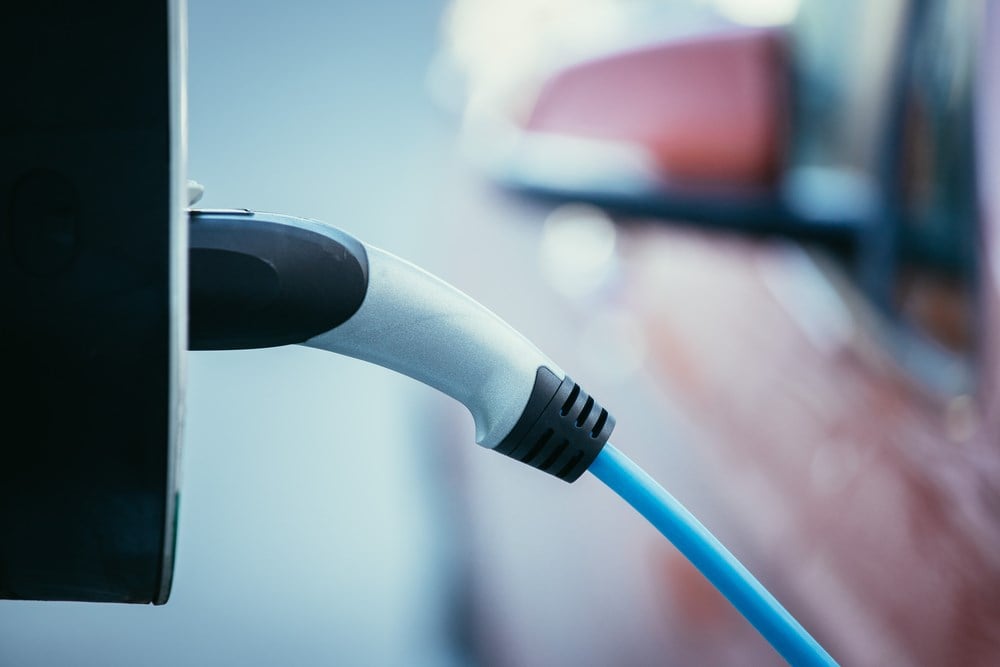
Sales of electric vehicles are continuing to grow, but at a slower pace, according to Cox Automotive, which provides marketing and financing services to the auto industry.
The EV industry is certainly sending some mixed messages. Ford Motor Co. (NYSE: F) said on July 6 that second-quarter sales were higher, driven by increases in its F-series of pickup trucks.
However, sales declined by 2.8% as supplies of the electric Mustang Mach-E were short.
Inventory Slower To Roll Out Of Lots
So while Ford is saying its premier EV was in short supply, Cox was saying dealers overall were seeing inventory moving off the lots at a slower pace.
Ford’s also said sales of its electric pickup, the F-150 Lightning, rose 118.7% year-over-year. However, some analysts pointed out that because the vehicle is so new to the market, having been available since May 2022, it’s not a surprise to see such rapid growth.
Sales of the Mustang Mach-E, saw sales fall 21.1% from last year’s second quarter. That follows a drop of 20% in the first quarter. A Ford spokesman told EV trade publication Elektrek that the company expects inventory flow to improve at the end of the second quarter.
Ford said last year that it was making upgrades to its plant in Mexico, which produces the Mach-E. It warned that those upgrades would result in production slowdowns.
Ford reports its second quarter on July 27, after the closing bell.
Meanwhile, at an industry event, an economist from Cox Automotive revealed that dealer inventory of EVs was rising faster than sales, while traditional internal-combustion engine cars were moving off lots faster.
Cost & Charging Stations Among Roadblocks
Certainly, there are roadblocks to a quicker pace of EV adoption, the main challenges being EVs’ cost and the availability of charging stations. While the EV industry works hard to promote lower operational costs over time, the harsh reality is: Consumers have to shell out more upfront to buy an EV. In a paycheck-to-paycheck world, that makes a big difference.
Cox’s data show a 342% increase in weekly EV dealer inventory over the year-ago quarter. At the same time, manufacturers are rolling out new EV models at a fast clip.
As you might guess, Tesla Inc. (NASDAQ: TSLA) remains the EV sales leader, with a U.S. market share of about 60%. Its revenue growth decelerated in the past two quarters, but the company has been slashing prices to move more product.
Earlier this month, Tesla said that in the second quarter, it delivered a record 466,140 vehicles, ahead of analysts’ expectations.
Tesla is due to report full second-quarter results after the market’s close on July 19.
More EVs Being Registered
EV industry publications say publicly available data show that 7.1% of vehicles registered in January 2023 were all-electric. That’s a 74% year-over-year increase.
Another development could be worrisome for the EV industry, which is investing in EV technologies to the tune of hundreds of millions of dollars. Online automotive search engine iSeeCars found that EV and plug-in hybrid sales are dropping on the West Coast, the area that’s driven the adoption of electrification.
Much of the hurry to roll out EVs is driven by the federal government and in some cases, state governments. For example, in April, the federal Environmental Protection Agency floated a rule that after model year 2027, about two-thirds of new cars would have to be electric.
Government Targets Too Aggressive?
However, according to reports, the auto industry, despite its enthusiasm and heavy investment in EVs, is letting the federal government know that this, and other targets, may be overly aggressive. The auto industry is concerned about the realities of supplying batteries for cars, as well as infrastructure concerns and the willingness of consumers to make the shift so quickly.
While the EV supply chain is stabilizing and readying itself for the inevitable time when EVs overtake internal-combustion engines in sales, there’s clearly a gap right now between reality and expectations.













